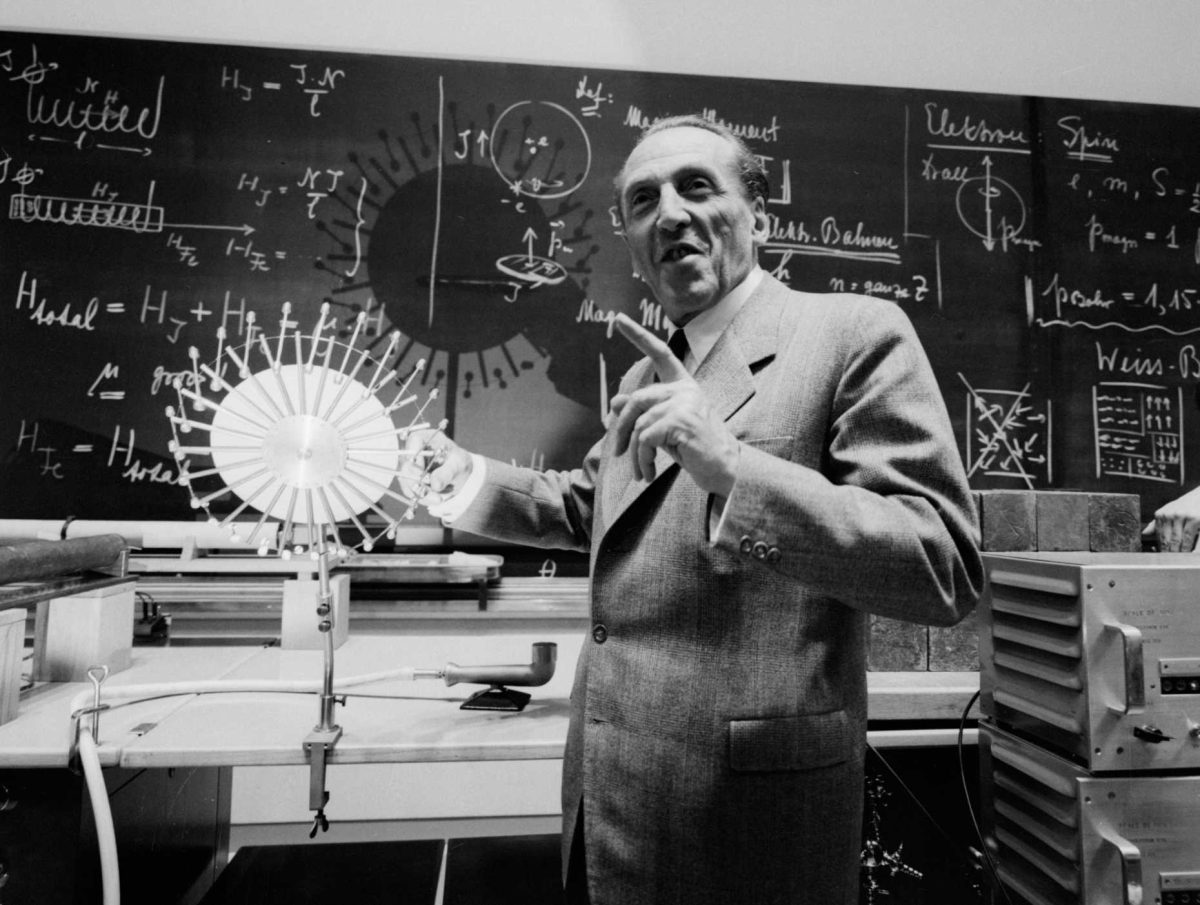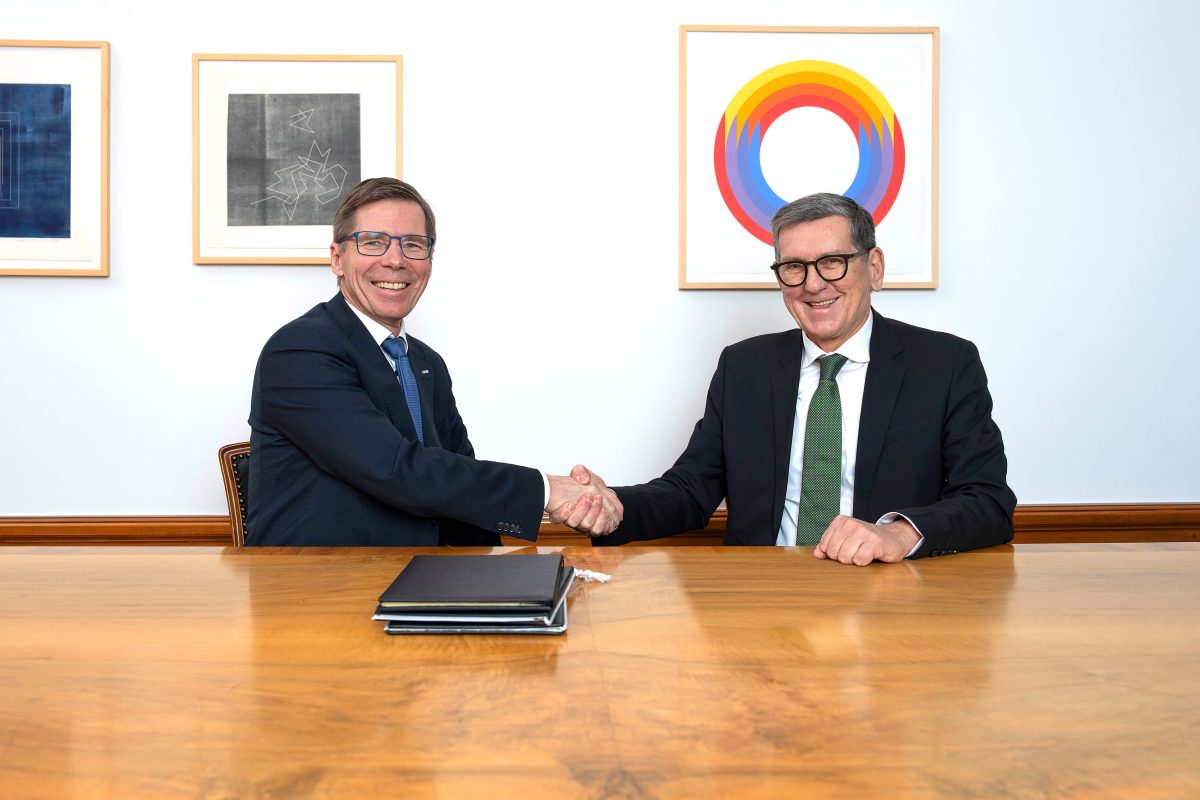A new building for cutting-edge research
ETH Zurich is pursuing a complex construction project on the Hönggerberg campus with a highly ambitious goal: to research physical phenomena at the limits of technical feasibility.

Quantum phenomena manifest themselves on the smallest scales and in the shortest timeframes, and their use enables new and revolutionary technological applications, such as quantum computers, sensors and encryption devices. However, the research and development of new quantum components – or “qubits” – places extremely high demands on the isolation and control of all systems. In order to expand on this research at the limits of technical feasibility, a new physics building – known as HPQ – is being built on the Hönggerberg campus for 500 researchers and students. With its cutting-edge laboratories, the building will house three technology platforms. Daniela Rupp, Professor of Nanostructures and Ultrafast X-Ray Science and one of the future users of this high-end infrastructure: “You can count the number of complex research buildings at this level worldwide on one hand. With the HPQ building, we want to create the optimal basis for Switzerland as a research location to continue conducting cutting-edge physics research, and in particular to help drive forward the quantum revolution.”
Extreme demands
HPQ, designed by Ilg Santer Architekten, will be located in the northern part of the campus, with construction scheduled to start in 2022 and last until 2028. The four aboveground laboratory and office floors, a public ground floor and parts of the complex technical infrastructure on the roof will be visible, while the extensive underground levels in the main and side buildings will house highly sensitive research equipment, laboratories and platforms.
Perturbations from inside and outside the building must be avoided, as they can severely disrupt the sensitive experiments or even render them impossible. The demands placed on shielding from vibrations, electromagnetic compatibility, cooling performance and temperature stability are also correspondingly high.
Venturing into the unknown
Gianni Blatter, Professor of Theoretical Physics and representative of the HPQ project, emphasises: “This building will not only be a research facility for ground-breaking experiments, it is also an experiment in its own right.” Vibrations from the campus e.g. must be reduced by a factor of 100 for the most sensitive experiments. Blatter: “Many of the specifications for the building are defined as ‘best possible’, as even after years of the most in-depth analysis and calculation, we don’t know what we will ultimately be able to achieve!”
The construction of the HPQ building has been made possible thanks to a generous donation from ETH alumnus and Honorary Councillor Martin Haefner. The Chairman and owner of AMAG regularly supports ETH Zurich with generous donations that enable the university to achieve its strategic goals.



